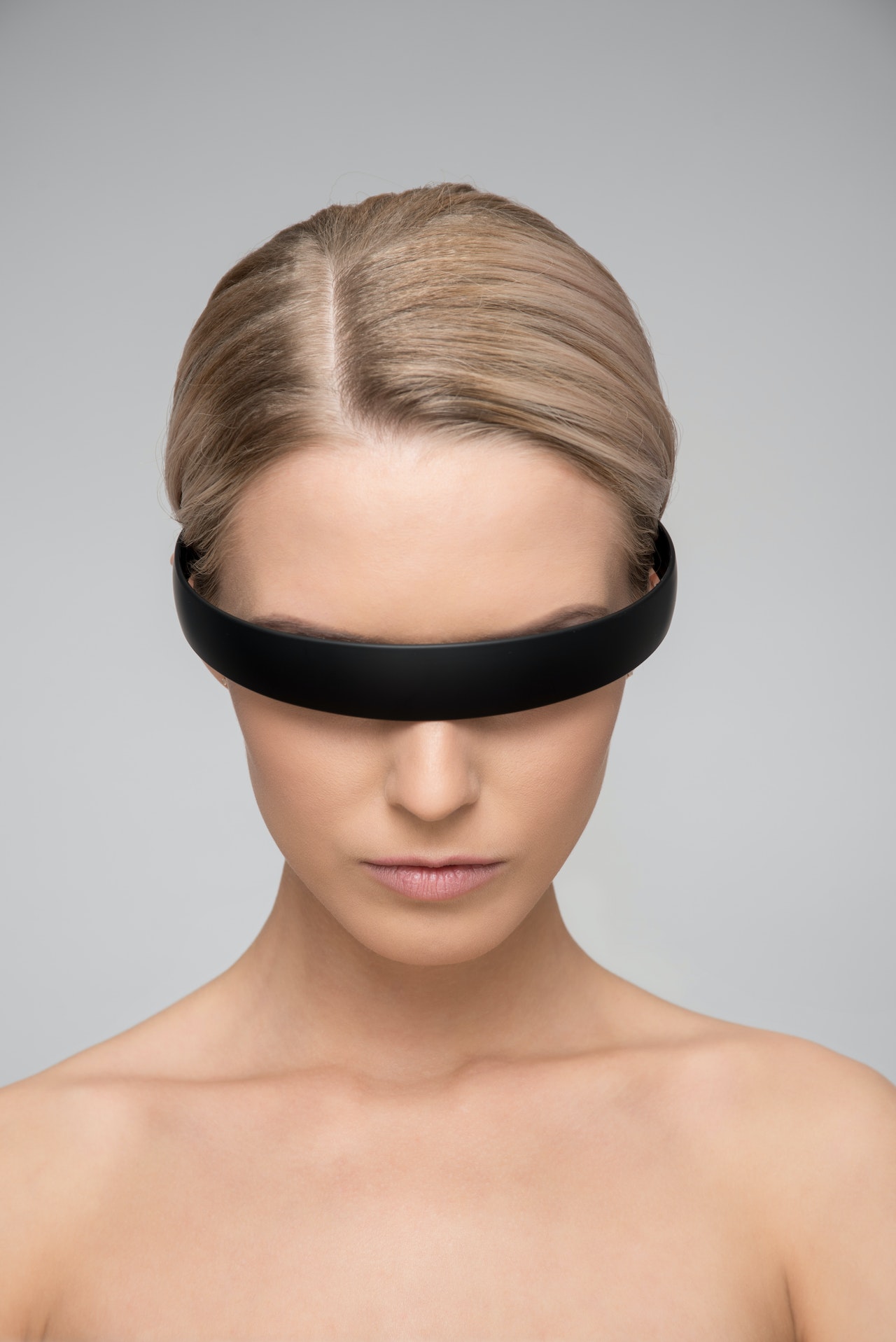Virtual Reality (VR) has come a long way since its early days in the late 1960s. From bulky, cumbersome systems to sleek, immersive headsets, VR technology has evolved significantly. But where is it headed next? In this article, we’ll explore the evolution of VR, its future in mobile technology, and how it might shape communication and everyday life.

The Evolution of VR Technology: From 1968 to 2024
Early Beginnings (1968-1980s)
The journey of VR technology began in 1968 when Ivan Sutherland, a pioneer in computer graphics, developed the first head-mounted display, known as the “Sword of Damocles.” This early prototype was heavy and uncomfortable but laid the foundation for future VR systems. During the 1980s, the technology remained largely experimental, with limited practical applications.
Commercialization and Growth (1990s-2000s)
In the 1990s, VR began to make its way into consumer consciousness. Companies like SEGA and Nintendo introduced VR gaming systems, though these early devices were often plagued by poor graphics and motion sickness. The 2000s saw a surge in interest with advancements in computing power and graphics, leading to more refined VR experiences.
Modern VR Era (2010s-2024)
The 2010s marked a significant leap in VR technology with the introduction of Oculus Rift and HTC Vive. These systems offered high-resolution displays, improved tracking, and more immersive experiences. As of 2024, VR technology continues to advance, with lighter, more powerful headsets and applications spanning gaming, education, and professional training.
Is VR the Future of Mobile Technology?
VR’s potential to transform mobile technology is substantial. Imagine using VR to browse the web, watch videos, or play games in a fully immersive environment. However, integrating VR into mobile technology presents challenges:
- Hardware Limitations: Mobile devices need more powerful processors and better battery life to handle VR applications effectively.
- User Experience: Ensuring a comfortable and intuitive experience is crucial for widespread adoption.
- Content Availability: A wide range of VR content is needed to attract users and make VR a compelling addition to mobile technology.
How VR Could Transform the Future of Communication
VR has the potential to revolutionize communication by creating immersive virtual spaces where people can interact as if they were physically together. This could have several impacts:
- Virtual Meetings: Imagine attending a business meeting or social gathering in a virtual environment, making remote communication feel more natural and engaging.
- Enhanced Collaboration: VR could facilitate better collaboration in professional settings by allowing team members to work together in a shared virtual workspace.
- Personal Connections: Friends and family could interact in virtual spaces that mimic real-life settings, making long-distance relationships feel more connected.
Will VR Replace Smartphones in the Next Decade?
While VR technology is advancing rapidly, it’s unlikely to replace smartphones entirely in the next decade. Here’s why:
- Versatility: Smartphones offer a wide range of functions beyond communication, including internet browsing, photography, and navigation, which VR headsets currently cannot replicate.
- Portability: Smartphones are compact and portable, while VR headsets are bulkier and require more setup.
- Consumer Habits: People are deeply integrated with their smartphones, and a complete shift to VR would require significant changes in consumer behavior.
The Future of VR Headsets: Lighter, Cheaper, and More Powerful
The future of VR headsets looks promising, with several key trends emerging:
- Lighter Designs: Advances in materials and design will lead to lighter, more comfortable headsets, making extended use more feasible.
- Affordable Options: As technology matures, the cost of VR headsets is expected to decrease, making them more accessible to a broader audience.
- Increased Power: Future headsets will feature enhanced processing power, higher resolution displays, and improved tracking for a more immersive experience.
VR in 2030: Predictions for the Future of Virtual Reality
Looking ahead to 2030, several exciting developments in VR are anticipated:
- Seamless Integration: VR will likely be seamlessly integrated into daily life, with applications in education, entertainment, and work becoming commonplace.
- Advanced AI: Artificial intelligence will enhance VR experiences by creating more realistic and interactive virtual environments.
- Personalized Experiences: VR systems will offer highly personalized experiences tailored to individual preferences and needs.
How VR Technology is Evolving for Mainstream Adoption
For VR to achieve mainstream adoption, several factors are crucial:
- Affordability: Reducing the cost of VR hardware and software will make it more accessible to the average consumer.
- User-Friendliness: Simplifying setup and operation will help make VR more user-friendly and appealing to a wider audience.
- Content Development: Expanding the range of engaging and high-quality content will attract more users to VR.
Why VR Headsets Haven’t Replaced Smartphones Yet
Despite their potential, VR headsets have not yet replaced smartphones due to:
- Practicality: Smartphones are more practical for everyday tasks like calling, texting, and browsing.
- Technological Gaps: Current VR technology does not offer the same level of versatility and convenience as smartphones.
- Consumer Preference: People are accustomed to the convenience of smartphones and may be hesitant to adopt VR as a replacement.
The Growth of the VR Industry: What to Expect in the Next 5 Years
The VR industry is expected to see significant growth over the next five years:
- Increased Investment: More companies will invest in VR technology, leading to innovations and improved products.
- Expanded Applications: VR will find new applications in sectors like healthcare, education, and real estate.
- Greater Adoption: As technology becomes more affordable and accessible, more consumers and businesses will adopt VR solutions.
VR for Everyday Use: How Close Are We to Mass Adoption?
Mass adoption of VR for everyday use is approaching but not yet fully realized. Factors influencing this include:
- Technology Maturity: Continued advancements in VR technology will bring us closer to mainstream use.
- Content Availability: A broader range of content will make VR more appealing for daily activities.
- Consumer Education: Educating consumers about the benefits and uses of VR will help accelerate adoption.
Conclusion
The evolution of VR technology has been remarkable, and its future holds exciting possibilities. While VR may not replace smartphones entirely, it is set to transform various aspects of our lives, from communication to entertainment. As technology advances and becomes more accessible, VR could become a significant part of our everyday experience.






